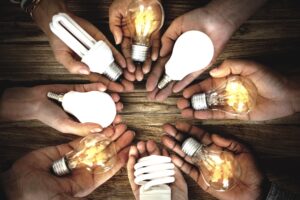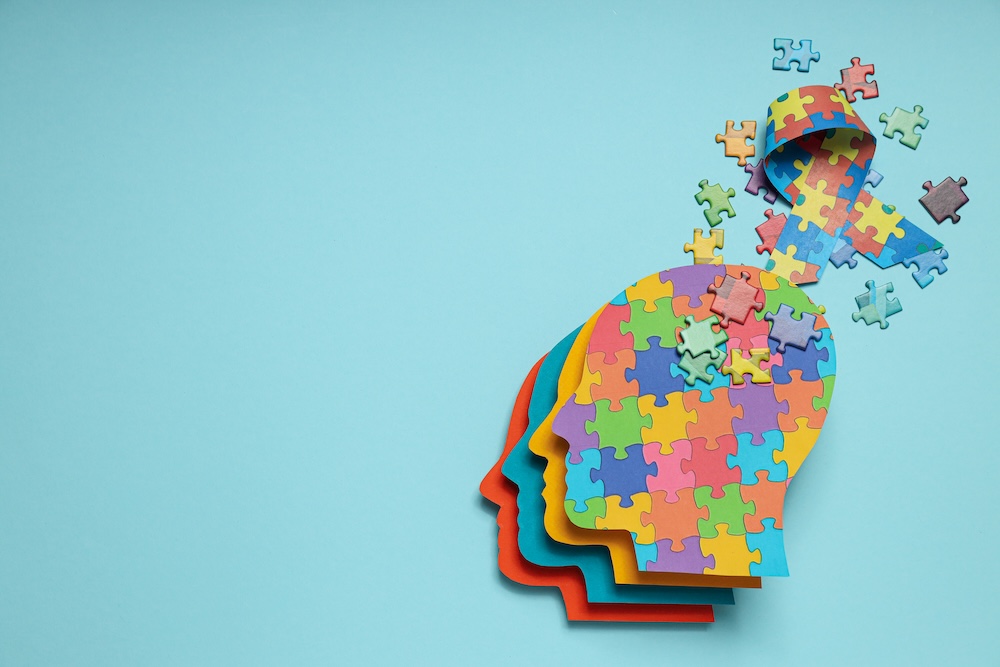Creativity, intelligence, and fun are often treated as separate qualities — one tied to artistic expression, another to problem-solving, and the last to leisure. But research shows they are deeply connected. Together, they shape how we learn, innovate, and experience joy.
This post explores how creativity and intelligence overlap, why fun is often the missing ingredient in innovation, and what strategies can help enhance creativity in both personal and professional life.
What Is Creativity?
Creativity is more than art. At its core, it’s the ability to generate original ideas, connect unrelated concepts, and develop new solutions. It requires:
- Risk-taking: stepping beyond safe, conventional choices.
- Divergent thinking: exploring multiple possibilities instead of default answers.
- Connection-making: linking ideas across disciplines.
While often associated with painting or music, creativity also drives breakthroughs in science, engineering, medicine, and technology. A coder writing elegant software or a researcher developing a new hypothesis are practicing creativity just as much as an artist with a canvas.
What Is Intelligence?
Intelligence refers to the ability to learn, reason, and solve problems. It includes cognitive abilities such as:
- Memory and recall
- Attention and focus
- Language and communication
- Logical and analytical reasoning
On the surface, intelligence and creativity may seem distinct. But studies show they are positively correlated — meaning people with higher measured intelligence often demonstrate higher creative capacity as well.
The Role of Fun in Creativity
One overlooked factor in creative performance is fun. Creativity doesn’t just generate solutions; it sparks joy. Many describe the creative process as play.
Flow State and Joy
When engaged in creative work, people often enter a flow state — complete absorption in the task, where time disappears and self-consciousness fades. Flow is both pleasurable and productive, blending enjoyment with deep focus.
Brain Reward Systems
Creative activities also trigger the brain’s reward centers. This neurochemical feedback loop reinforces the behavior, making creativity not just useful but inherently satisfying.
In short: intelligence enables us to solve problems, creativity helps us solve them in new ways, and fun sustains the process.
How to Enhance Creativity
Some individuals seem naturally creative, but creativity is also a skill that can be cultivated. Proven strategies include:
Practice Divergent Thinking
Brainstorm multiple solutions, even unconventional ones. This pushes thinking beyond default frameworks and opens space for originality.
Embrace Collaboration
Working with others exposes us to new perspectives and sparks unexpected connections. This is why design workshops and brainstorming sessions often generate bold ideas.
Explore Beyond Your Field
Cross-disciplinary exploration — such as a scientist studying art or an artist learning coding — can fuel fresh thinking by connecting concepts across domains.
The Benefits of Creativity
Creativity yields both personal and societal rewards.
- Personal benefits: improved well-being, stress reduction, and a stronger sense of purpose. Creative outlets offer expression, resilience, and fulfillment.
- Societal benefits: innovations that reshape daily life. The light bulb, the airplane, and the internet all arose from creative leaps that extended beyond established knowledge.
In fields like medicine, sustainability, and technology, creativity is the engine that transforms limitations into possibilities.
Challenges at the Intersection of Creativity and Intelligence
High intelligence can sometimes work against creativity. Analytical thinking, if too rigid, may lock people into established rules instead of experimentation.
Balancing intelligence with creativity requires conscious effort:
- Break routines and challenge assumptions.
- Seek novelty rather than relying solely on expertise.
- Allow curiosity, not just logic, to guide exploration.
The Therapeutic Benefits of Creativity
Creativity is also a powerful therapeutic tool. Practices like art therapy help individuals process emotions, reduce stress, and recover from trauma. Engaging in creative work can:
- Reduce anxiety and depression
- Promote relaxation and resilience
- Improve overall mood and well-being
The act of creating — whether writing, painting, gardening, or problem-solving — can serve as both healing and self-expression.
Final Thoughts
Creativity, intelligence, and fun are not separate forces but interconnected elements of a thriving life. Intelligence gives us the tools to learn and solve problems, creativity helps us think differently about those problems, and fun sustains the energy to keep going.
By embracing creativity as play, practicing divergent thinking, and collaborating with others, we can expand both personal fulfillment and collective progress.
The takeaway: creativity isn’t just for artists — it’s a life skill that fuels joy, innovation, and resilience.









Reader Interactions